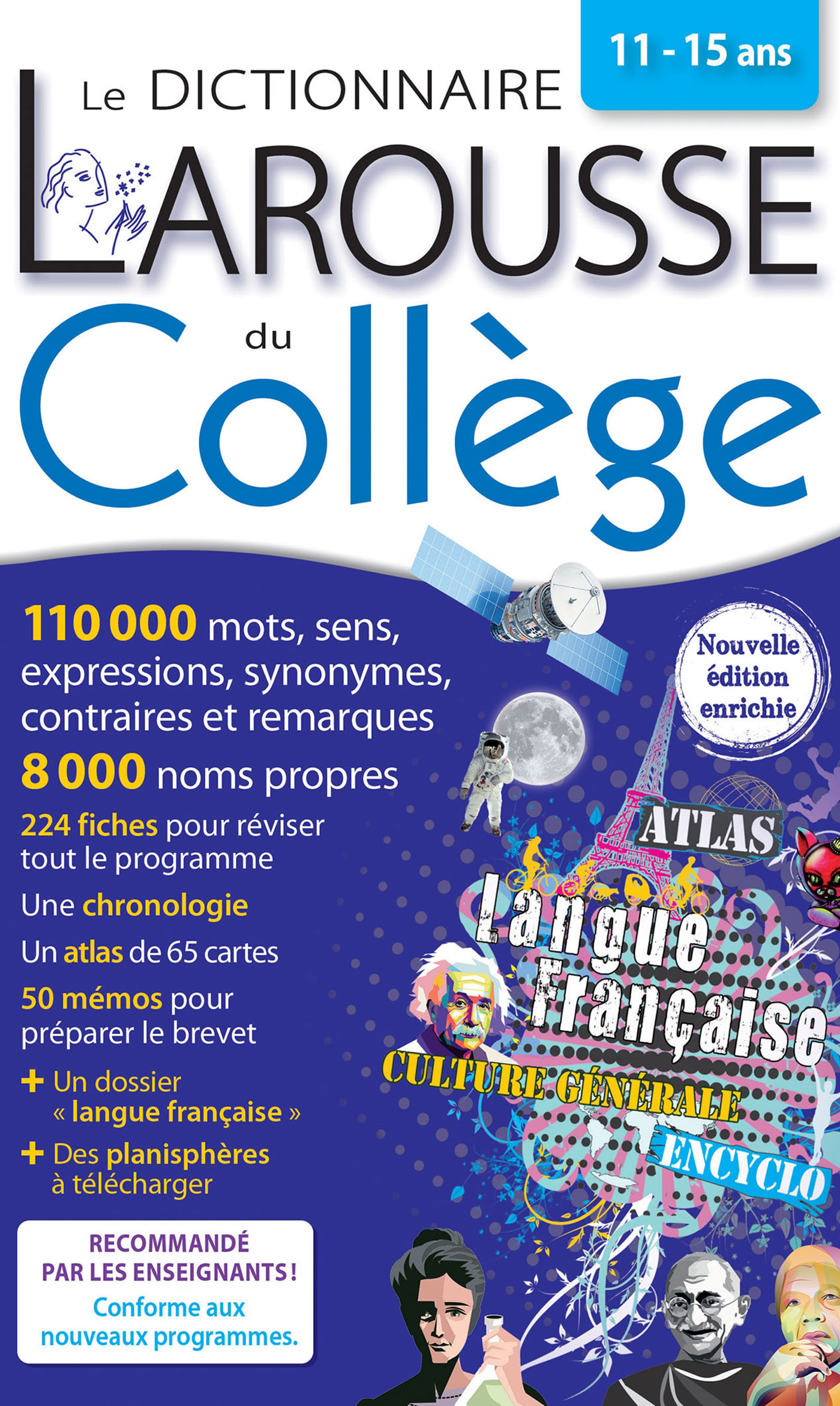
La proposition infinitive
Cette structure permet d’exprimer la volonté, l’ordre ou le désir d’une personne sur une autre.
On trouve un verbe introducteur :
want, tell, order, ask, expect, (would) like
suivi d’un second verbe à l’infinitif complet
(to + base verbale) :
Mary wants/asked/would like John/him to come.
Remarque :
John est le complément du verbe introducteur, et si on le remplace par un pronom, celui-ci sera un pronom personnel complément, him.
La structure causative
Elle correspond au français « faire faire quelque chose à quelqu’un » et est constituée de :
make (conjugué) + nom/pronom personnel complément + base verbale :
My parents make me work a lot.
That invention will make the world change.
How... ?
À une question concernant le moyen (correspondant au français « comment ? »), posée à l’aide de How, on répond avec by + gérondif :
How do you get good results at school?
You get good results by working seriously and regularly.
What... for ?
À une question concernant le but (correspondant au français « pour quoi faire ? »), et posée à l’aide de What... for?, la réponse est donnée par
(in order) to + base verbale :
What do people wear sunglasses for?
They wear sunglasses to protect their eyes.
For, since, ago
For exprime une durée dans sa totalité et peut signifier depuis ou pendant.
Le verbe peut être à divers temps ; il faut donc tenir compte de leur valeur :
I train for an hour every day (action habituelle : je m’entraîne pendant...) ;
I have been training for twenty minutes (action non achevée, encore en cours : je m’entraîne depuis.../ il y a... que je m’entraîne).
I trained with this coach for several years (action achevée, sans lien avec le présent : je me suis entraîné(e) pendant...).
Since indique le point de départ d’une action.
Le verbe est au present perfect ou au past perfect :
He has lived there since 1999/the end of the twentieth century.
They had lived there since March when they met their new neighbours.
Ago correspond au français « il y a », et permet de dire combien de temps s’est écoulé entre le présent et un moment du passé. Le verbe est obligatoirement au prétérit et ago toujours placé en dernière position.
How long ago did you go to London? I went here two years ago.
Attention !
Il ne faut pas confondre ago (« il y a... » temporel) avec there + be (« il y a... » démonstratif).
There is a new house next to mine.
It was finished building six months ago.
Mots de liaison
Pour introduire (chronologiquement) :
first/then/after that/afterwards/finally/in the end/as a conclusion
Pour coordonner : and/or, but/whereas
Pour subordonner : before/after/when/while (temps) ; because/since/as (cause) ; so/so that (conséquence) ; however, whereas (contraste) ; either... or/neither... nor (alternative).